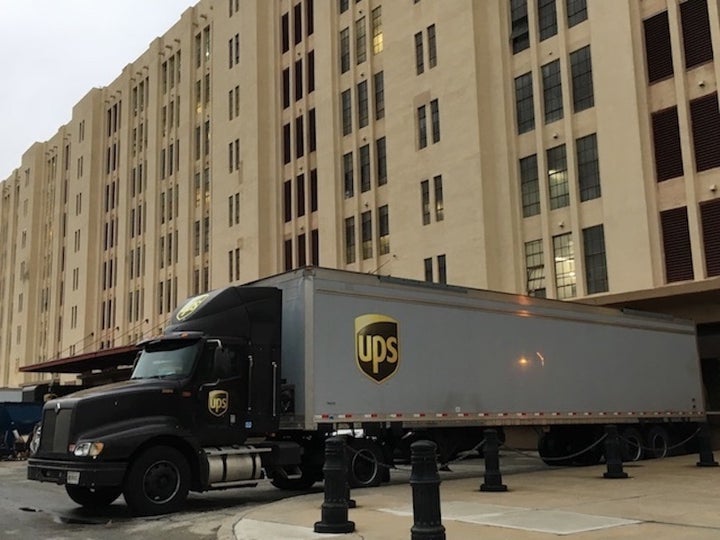
While Shop.org last year had plenty to do with innovation, the 2017 edition underscores the need for innovation throughout an organization.
Like any big trade show, the annual celebration of digital retail that is Shop.org is a chance for industry professionals to scout out the competition, learn new ways of doing business, size up possible partners and vendors and do a little networking should the need for a new job arise.
But the gathering of the e-commerce tribe is also an opportunity to pause and ponder not only how much the rapidly changing world of digital commerce has changed in a year, but also to envision where it is heading.
In that regard, you could argue that Shop.org 2017, kicking off today in Los Angeles, is a sign that e-commerce has matured to the point that executing on consumers’ high expectations has become an end-to-end project for every retailer selling online.
The National Retail Federation officials who are organizing the show have obviously kept a close eye on how retail is shifting and plan to address that this week.
“We’ve worked diligently to cultivate an event lineup that reflects the spirit of innovation and reinvention the digital retail industry is experiencing,” NRF Senior Vice President for Conferences Susan Newman said in a news release.
Consumers have been driving the e-commerce bus for some time. Living in a world of Amazon, customers expect to be able to buy whatever they want whenever they want and to have it delivered, like yesterday. More than that, they expect retailers to know them; to know what products they’re interested in and to know that shopping doesn’t happen on one channel; it happens on all channels — mobile desktop and even in a store.
Retailers, analysts, vendors and the media have paid a lot of attention to how marketing and merchandising shape the customer experience. But e-commerce operators understand that the back end of e-commerce — orders, payments, fraud prevention, fulfillment, post-purchase customer service etc. — plays every bit as important a role.
After all, getting a customer to click “buy,” is only the beginning. Retailers then need to be able to accept all manner of payment, instantly verify that the order is not fraudulent, route the order to the right warehouse and pick and pack the order quickly. Then, on to the customer’s home and perhaps on to interacting with customers who have questions or want additional items or what to return what they purchased.
All that needs to get done without slowing the order down. Not surprisingly, part of the answer is technology. The words “artificial intelligence” and “automation” will be ringing through meeting rooms at the Los Angeles Convention Center as more than 2,500 e-commerce professionals meet.
And while Shop.org 2017 will still focus on marketing and merchandising, a number of sessions and exhibitors will be featuring technology that seeks to improve back-end operations.

The role of automation in marketing and merchandising has been widely discussed. Now retailers are focusing on the back end of operations.
“That all is very important,” retail consultant Brian Beck recently said of automating and optimizing e-commerce’s back-end operations. “It’s tied to the same kind of trends that you see in e-commerce front-end marketing. And it has a lot to do with Amazon again setting the bar for everyone. I think as you look at customer expectations, they continue to go up. Everyone expects an Amazon or better experience. And one of their competitive advantages is operational efficiency and distribution. It’s all about the customer for them and meeting that expectation. Operations is a huge part of that.”
And technology is a huge part of revolutionizing operations. To that end, Shop.org for the first time will feature a Technology Lab consisting of companies that are working on every aspect of the customer experience. The conference has also teamed with Fast Company and its journalists to conduct on-stage interviews, a sign that the conference will focus on forward-looking content.
Hearing about what is possible and what is coming will no doubt inspire many of those who have made the trip to Los Angeles to add to their knowledge and skills. But there is still plenty of work to do. E-commerce professionals have to pick through virtually thousands of technology tools and solutions and figure out which ones make sense — and what is the right time to unleash them.
But that is as it should be. No matter how far technology can take e-commerce, the fact remains that retail is about people buying products from people. The human element will always be key.
